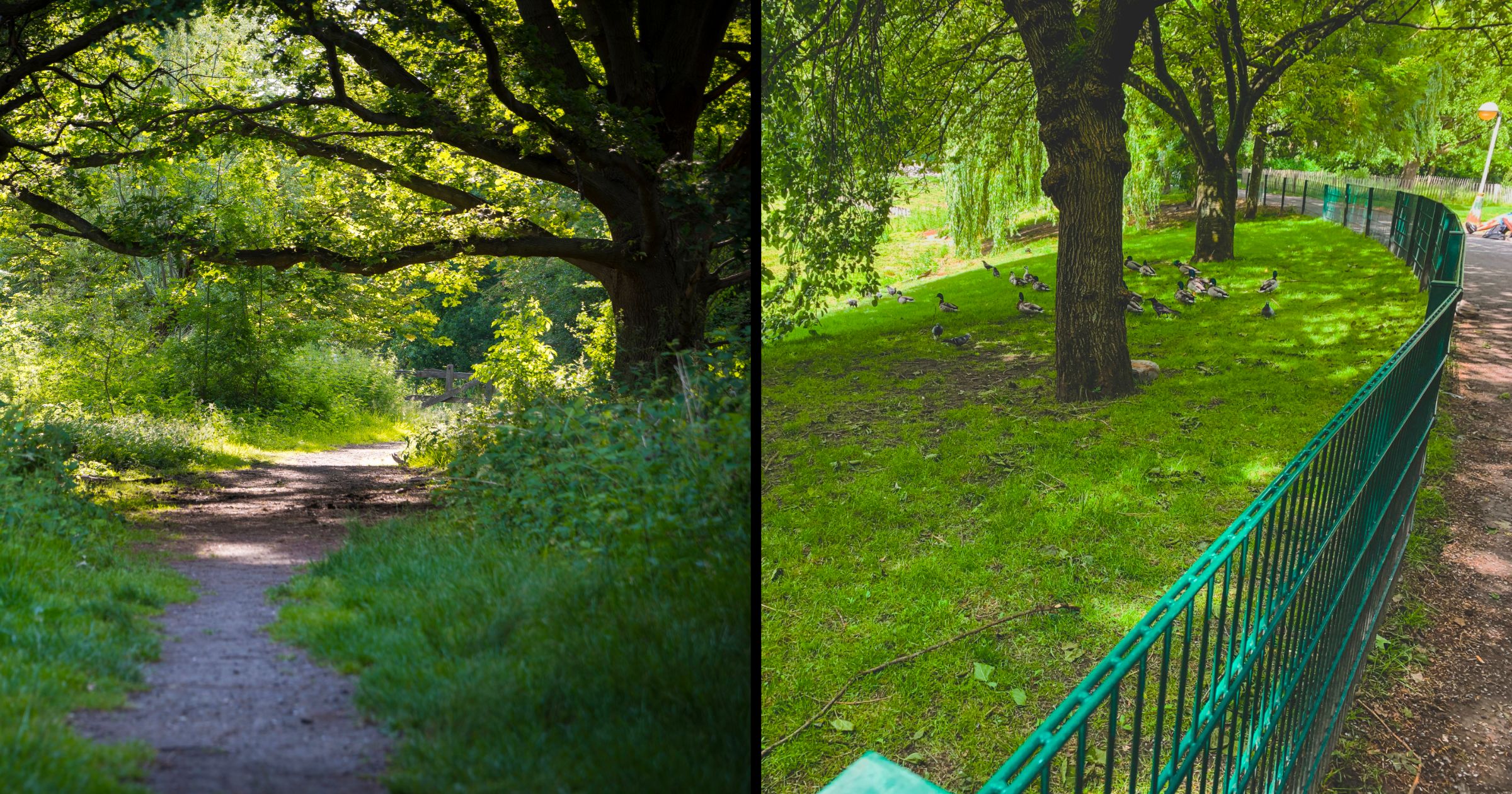Press release: Citizens of Antwerp appreciate a patch of green, but not always
Research by the University of Antwerp in collaboration with real estate data platform Realo shows that the closer a property is to natural greenery in Antwerp, the higher the market price. Remarkably, proximity to a large park does not appear to make a difference, while smaller parks drive up the price.
"Green open spaces in cities are the lungs of the urban fabric," says master's student Ignace Helsen. As part of his studies in urban and spatial planning at the University of Antwerp, he researched in collaboration with real estate data platform Realo what value Antwerp citizens place on green space. "Not only do they have an aesthetic function, green spaces also combat pollution, noise pollution and offer recreational opportunities. But until now, green open space has often been viewed by property developers as a cost from which no financial benefit can be derived.”
The master thesis therefore investigated whether the green space preferences of Antwerp residents have an impact on the pricing of a property. The research was made possible by data from Realo, which provided information on 12,692 properties that came on the market in Antwerp between January 2019 and March 2022, on the one hand, and the City of Antwerp's Green Plan, on the other. Using the so-called hedonic price method, often used in economic studies, it was then possible to examine how much the distance to different types of green space contributes to the value of a property, on top of other important factors such as habitable area or number of bedrooms.

Of the eight types of greenery included in the study, natural greenery (with the highest biological value) appeared to have the greatest influence on the price of a home. For every kilometer that a home is removed from natural greenery, the value of a home drops by an average of 4.21%. The distance to smaller parks (max. 5 ha) is also an important factor, with the price drops around 2% per additional kilometre. It is remarkable in the study that the effect of larger areas of green space (eg Park Spoor Noord or the Stadspark) is negligible for determining the price. Antwerp residents seem to appreciate greenery on a smaller scale more than large parks.
Overall, it can be said that for every kilometre that a property is removed from all types of green space, the market price of the property will fall by an average of 8.3%. In other words, the study shows that green space is indeed an important factor that should be taken into account when valuing a property.
Helsen adds some comments on the findings: "Due to the specific characteristics of a city, it is impossible to carry out such studies on a larger scale. What applies to a city like Antwerp, with its proximity to the Scheldt and the port, probably does not apply to a city in the Ardennes." Moreover, Antwerp has a detailed Green Plan, something other cities in Belgium are lagging behind for now. "Finally, the study shows that the City of Antwerp should protect natural green spaces from fragmentation as much as possible," Helsen argues. "It is also better for the city to focus on several small green pockets rather than developing one large green space.”